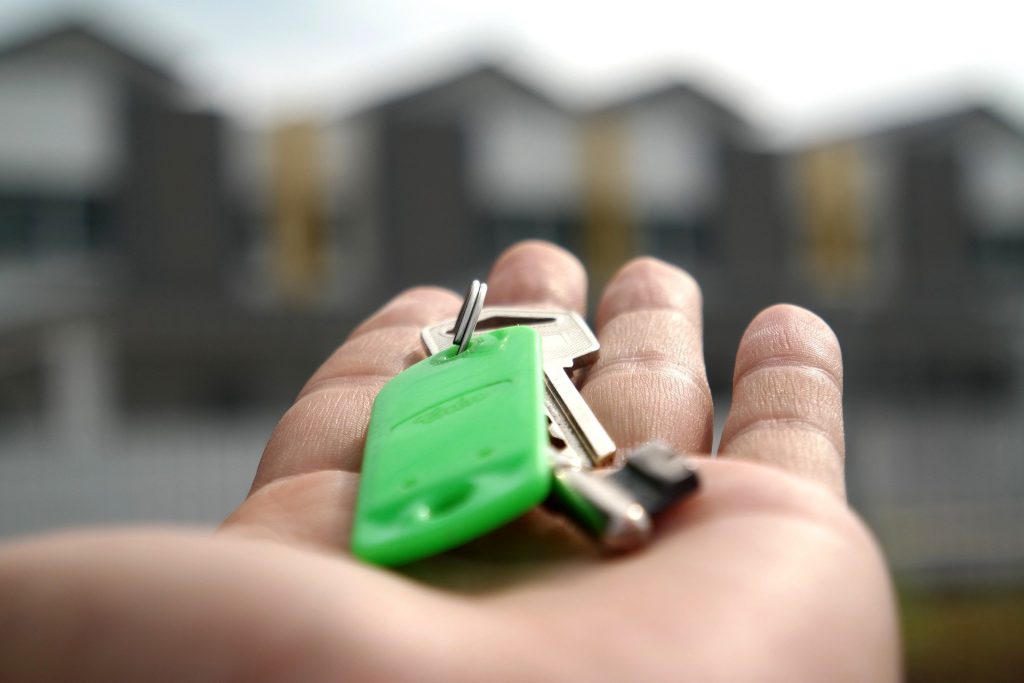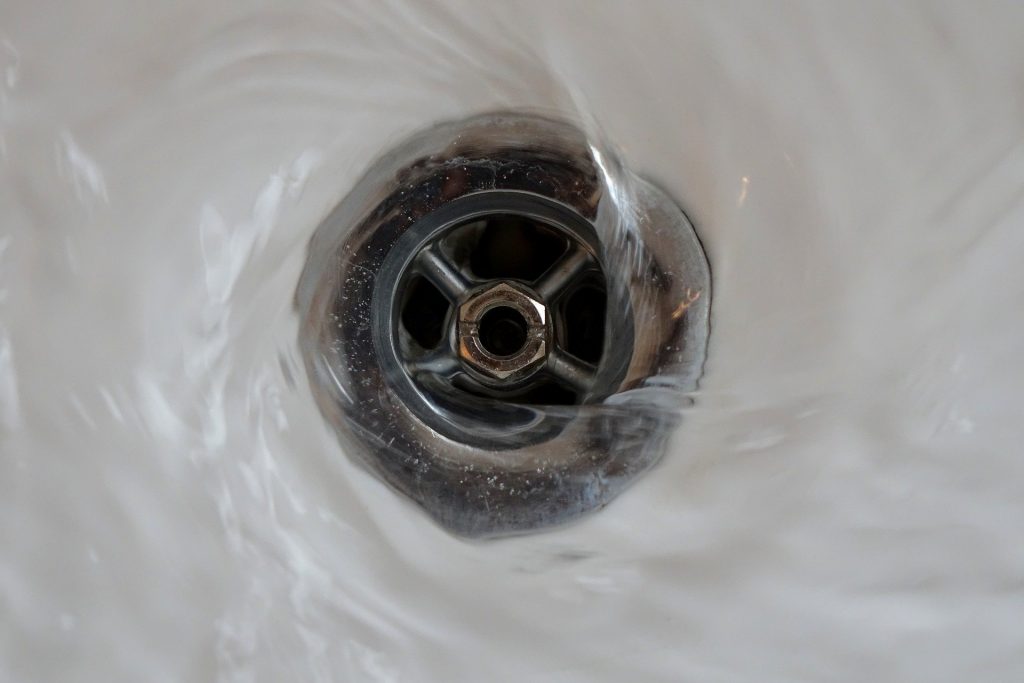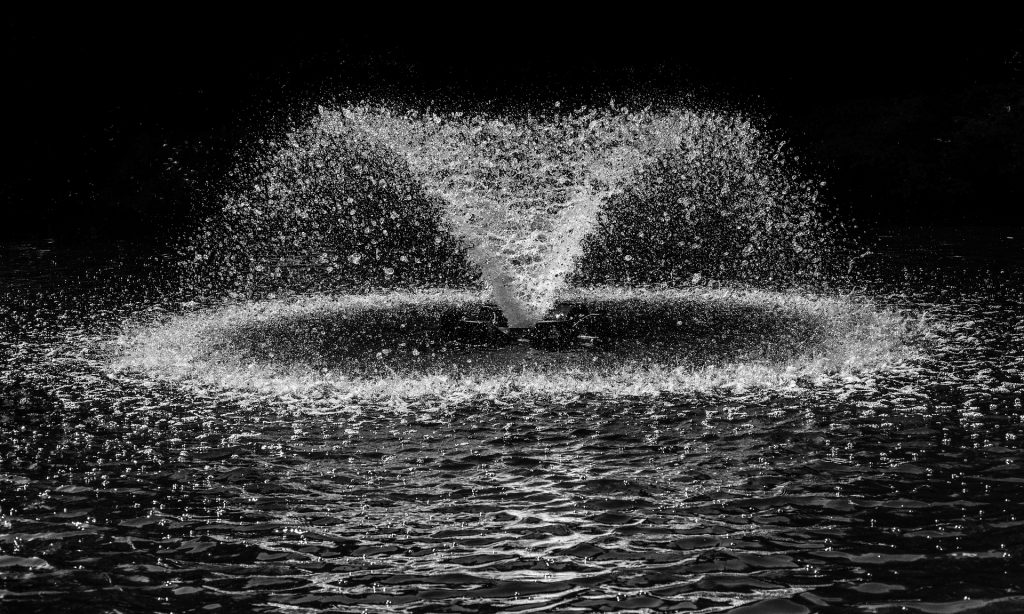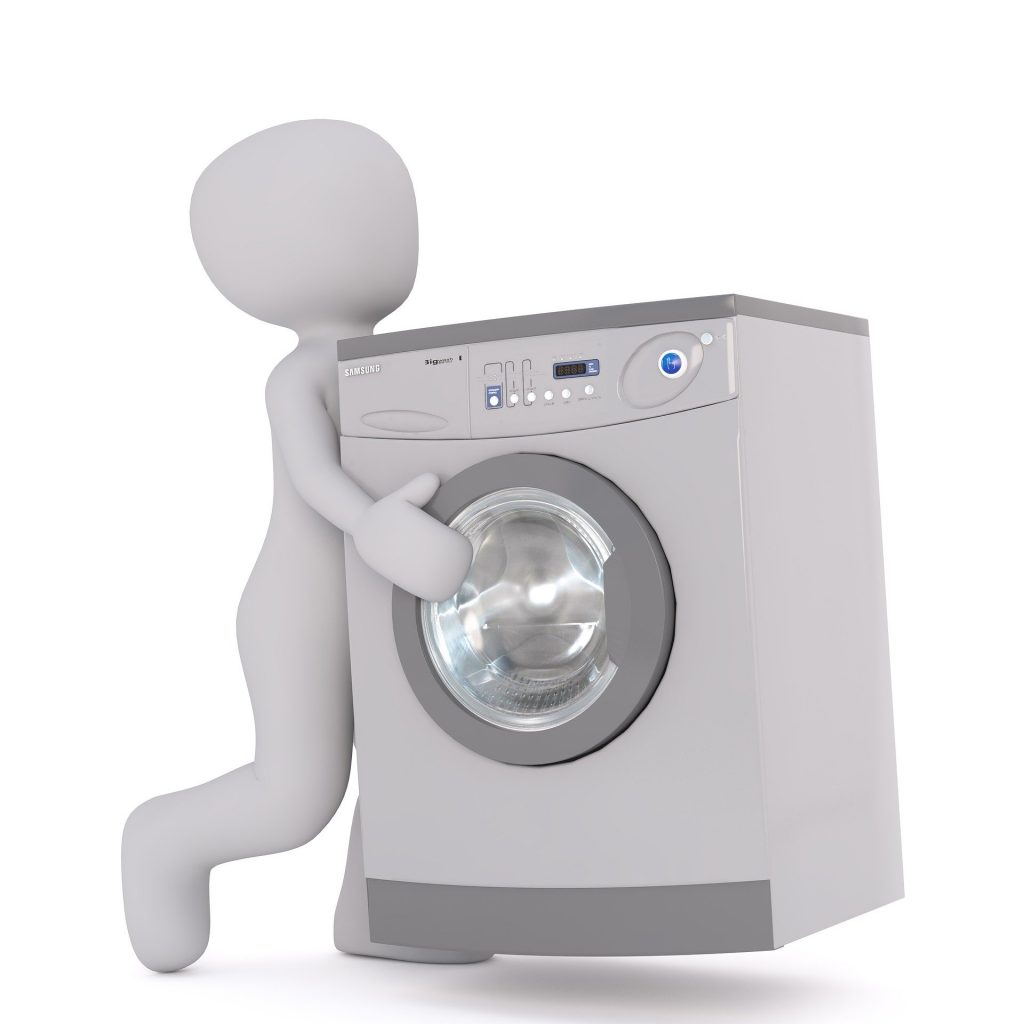Have you heard the term ‘escape of water’ or read it in your home insurance policy but are not sure what it is exactly? We’re here to help.
Escape of water is one of the most common home insurance claims we see and unfortunately, even the smallest leak can cause significant damage to your home. We want to help you to protect your home and this comprehensive guide is here to show you what to look out for, provide you with tips to prevent a leak, plus explain what you need to do should the worse happen.

‘Escape of water’ is the technical term used to describe a leak in your home. It could include situations such as a burst pipe or a faulty washing machine connection. If water has escaped from where it is meant to be and caused damage to your home, then we’re talking about an ‘escape of water’ claim on your home insurance policy.

All homeowners are at risk of an escape of water and it is perhaps unsurprising that there has been an increase in such claims due to modern living and our reliance on plumbed in appliances such as washing machines and dishwashers that were not so prevalent even a few decades ago.

However tempting it may be to pour cooking fat, grease and oil down the drain when you’re doing the washing up, don’t – it can cause blockages. Instead, pour it into a container and leave to solidify before throwing away in the household rubbish. Blockages in showers and baths can also cause water to back up and are often the result of human hair clogging up the drain, so make sure you clear yours out on a regular basis. Pouring bicarbonate of soda and vinegar down the drain, then flushing through with warm water is the first step you can take before resorting to stronger solutions.

A burst pipe is arguably the most damaging cause of escape of water in the home, due to the sheer amount of water that can leak at staggering speed – as much as 400 litres (around two bathfuls) an hour. The most common causes of burst pipes are freezing temperatures and corroded copper piping, which can eventually buckle under pressure. Pipes and water tanks should be insulated during winter to avoid this, paying close attention to joints and bends. It is also a good idea for the central heating to be kept on continuously at around 12°c during particularly cold snaps. If you are going away for a period of time throughout the winter, Christmas perhaps, you could set your heating to come on for an hour or so each day to prevent the pipes from freezing. Examine your pipes for signs of wear and tear and fix any dripping taps before the mercury drops. In particularly cold spells, open your loft hatch to allow the heat from the house to penetrate this space– it’s where you’ll find much of a home’s pipework and it is a difficult space to keep warm during cold weather.

Water escaping from fixed appliances, such as washing machines, dishwashers, radiators and boilers, are also common causes of water damage in the home, so check pipework regularly for leaks and signs of bulging or cracking. The risk increases with the growing number of appliances in modern homes, with more pipework that needs to be properly installed and maintained.

There are several ways to detect a leak within your home and it goes without saying that the earlier a leak is detected and dealt with, the less damage is done.
It’s easy to perform a simple leak check using your water meter. First, make sure water is turned off inside and outside the home, then record the water meter reading. Wait 15 minutes before checking again and if the meter has recorded water use during the test, it might be due to a leak which will need further investigation.
Regularly check your pipework, especially during the winter months, for signs of deterioration, cracking or bulging and if you notice any damp patches or bulging on your ceiling, investigate the cause as soon as possible. It is also wise to check in the cupboard under your sink for any signs of water, such as a small puddle under the join on a pipe, which could suggest a small leak.

If you have an escape of water in your home, such as a burst pipe, there are a number of steps you can take to deal with the situation before calling in professional help and your insurer. Turn the main stopcock off immediately – this is usually located under your kitchen sink but it is a good idea to identify its location and practice turning it on and off before you need to. Open cold taps and flush toilets a few times to empty water from the system before closing the taps again, switch off the central heating and don’t touch any wiring or switches that you think may have been affected. If in doubt, turn off your electricity at the mains just to be sure. You should also move any furniture or personal items away from the water to prevent further damage being done.
Subscribe to our newsletter to be notified when we publish more useful free guides